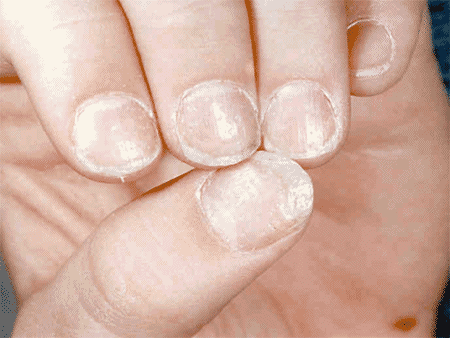

Even if the carpenter were only buying 30, they would say “Can I please have 30 sixteen-penny nails?” Size The longer the length, the more pennies they’d have to pay for the lot.įor example, 100 nails that are 3½ inches long would cost the carpenter 16 pennies, so those nails were called “sixteen-penny” nails. The D in nail sizes indicates “penny,” and they’re pronounced as such: 10D is pronounced “ten-penny.” Originally, the term indicated how many pennies a carpenter would have to pay for 100 nails of a specific length. Conversely, some nails have blunted tips, and they punch the fibers forward as the user drives the nail rather than wedging, and this makes blunted tips less likely to split wood.

This helps the nail act as a wedge, splitting the fibers apart as the user drives it. On the surface, points look conical, but most actually consist of flat sections. The point is the section of the nail that penetrates the wood.

This section is usually cylindrical, but many nails have specialized shanks that provide them with specific capabilities. The shank is the long, thin section of the nail that stretches from the head to the point.There are several types of nail heads, including flat, countersink, checkered, and more. The head serves two purposes: It acts as a striking surface for driving the nail but also acts as more surface area for pinning the material in place. The head of a nail is the flat surface on the rear of the nail that the user strikes with a hammer.These three parts include the head, the shank, and the point. In most cases, there are three main parts of a nail.


 0 kommentar(er)
0 kommentar(er)
